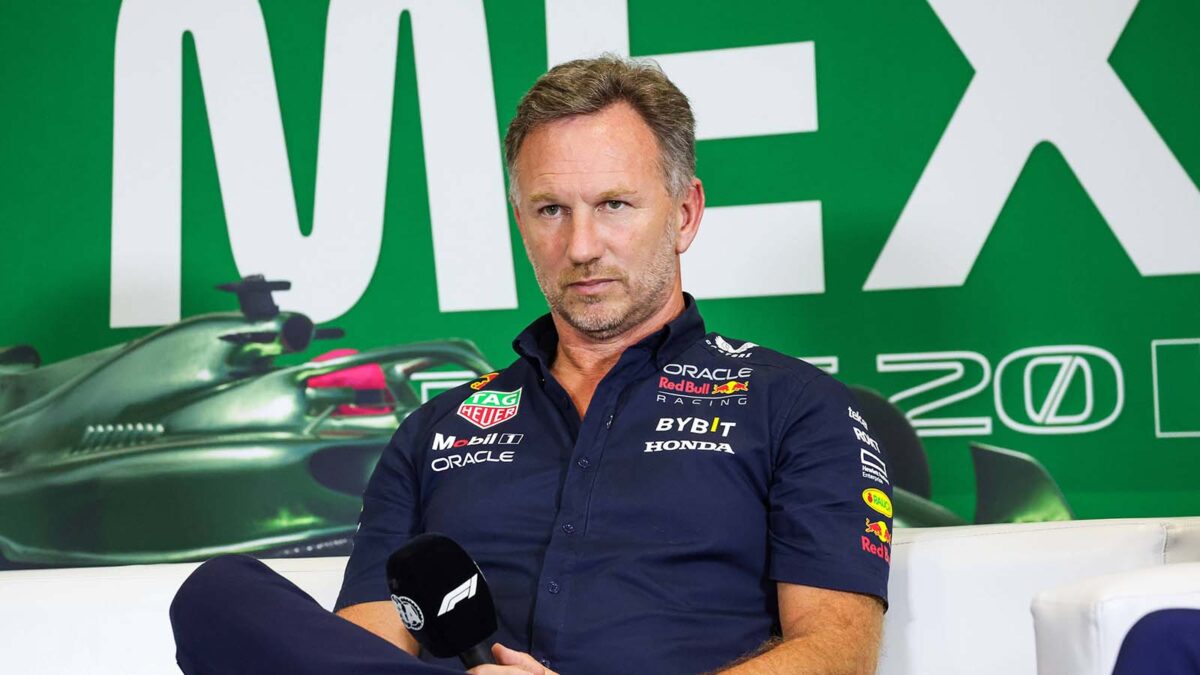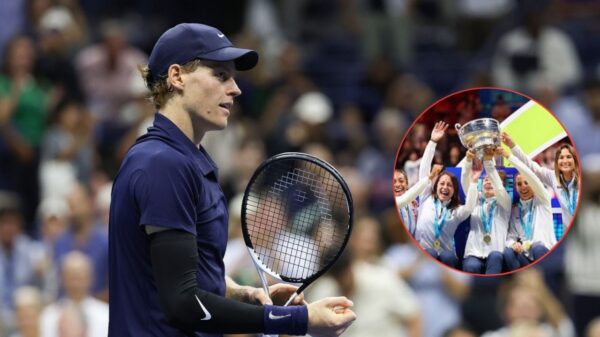Christian Horner insists Max Verstappen’s ‘uncanny ability to drive’ similar to Michael Schumacher’s performance at Benetton
Christian Horner compares Max Verstappen's driving abilities to Michael Schumacher's on-track antics in the 90s..

Max Verstappen, Michael Schumacher, and Christian Horner
🔍 Explore this post with:
Max Verstappen is known for his amazing driving skills, blending natural talent with a strong grasp of racing. He instinctively reacts to situations while also using smart techniques, making him extremely adaptable on the track. Red Bull have faced a drop in performance due to the issues they faced in the car which was not drivable. However, the Dutchman still managed to finish the races in the top 10.
At Monza, Red Bull encountered significant challenges that revealed critical performance issues with the RB20. The car’s handling problems stemmed from a disconnection between the front and rear axles. Despite this, team principal Christian Horner pointed out that Max Verstappen’s remarkable skills helped him manage the difficulties, making the car appear easier to handle.
Verstappen finished sixth, achieving the best possible result given the circumstances. However, his teammate Sergio Perez struggled the most, which negatively impacted his performance throughout the season.
Max, due to his uncanny ability to drive around problems, has been able to deal with it, whereas it affected Checo much more.
Christian Horner said on F1 Nations podcast
Horner asserts that Verstappen’s driving skills resembles F1 legend Michael Schumacher‘s during his early 90s tenure with Benetton. He highlighted that Schumacher consistently extracted maximum performance from his Benetton cars, while other drivers often struggled to achieve similar results.
This comparison underscored the Dutchman’s exceptional ability to master the RB20, which presents its own challenges. Just as Schumacher’s talent enabled him to dominate the grid and secure his first two World Championships in 1994 and 1995, the three-time-world champion also shows the same level of skill and abilities.
Almost to the point where a little like the Benetton the sort of the early 90s where Michael [Schumacher] could drive that car, but whoever else got in it seemed to really struggle with it.
Christian Horner stated.
Red Bull’ performance numbers significantly lower than expected
Christian Horner explains that in the lead-up to the Monza race, the team observed a significant issue when they took some downforce off the car. This adjustment highlighted a problem with how the front and rear wheels were interacting. The front and rear axles were not working together effectively, causing a disconnect in the car’s handling. As a result, the performance numbers they expected to see on the track were much different and worse than what their simulation tools had predicted.

We were seeing the size of it in the build up to Monza, when you took the downforce off the car, it highlighted the disconnection between the front and rear axles, and the numbers we were expecting to see on track were just miles out from where our simulation tools were.
Christian Horner explained.
Red Bull has ample time until the next race, which is over three weeks away. The team can use this period to improve their car’s performance for effective competition. Currently, they sit 41 points behind McLaren in the constructors’ championship. To regain the lead, they must work hard to get back to their edge in wheel-to-wheel fighting.







